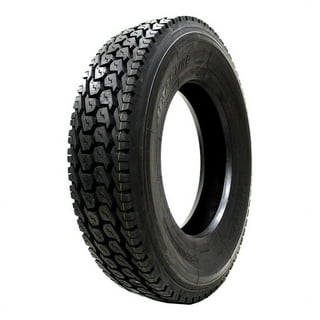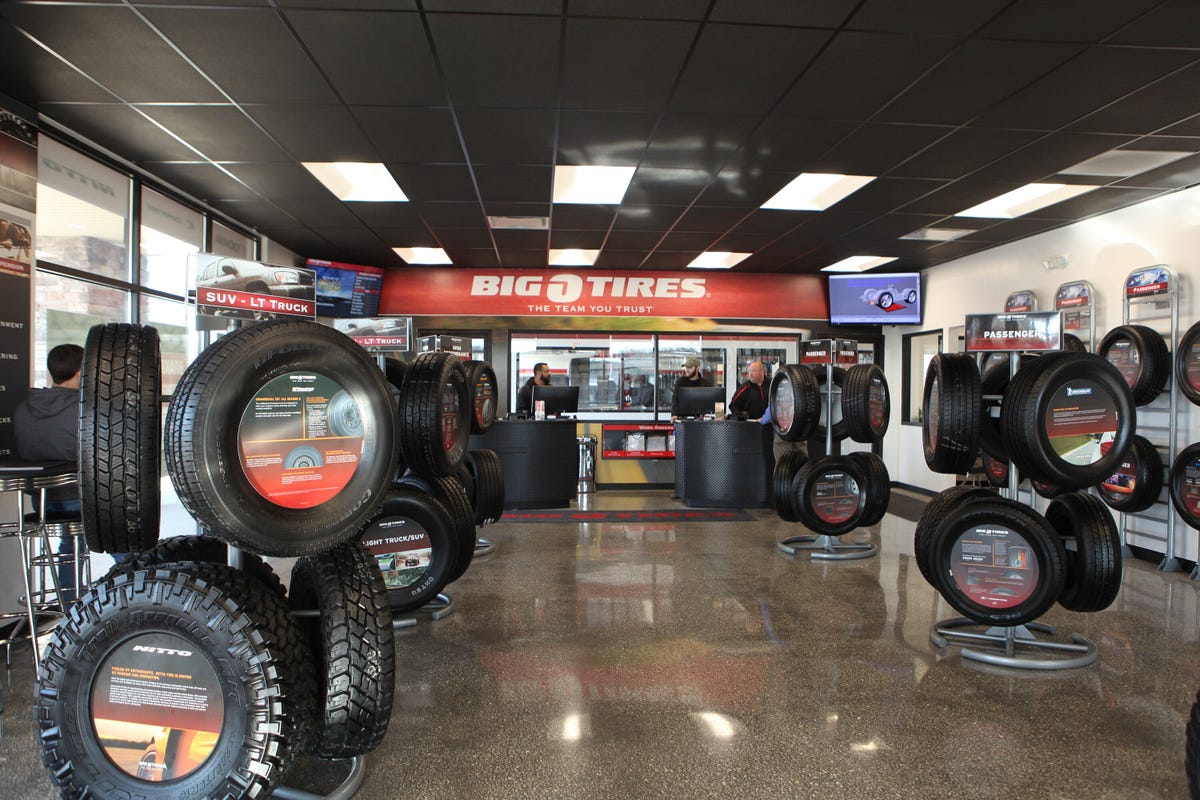Enjoy Big Cost Savings on Discount Tires Morris IL: Shop Currently for Deals
Enjoy Big Cost Savings on Discount Tires Morris IL: Shop Currently for Deals
Blog Article
Tire Solution: Comprehending Tire Stress Tracking Solutions
Comprehending Tire Pressure Monitoring Systems (TPMS) is an important element of preserving optimal vehicle efficiency and safety on the roadway. With innovations in vehicle innovation, TPMS has come to be a standard function in contemporary cars, providing real-time info on tire pressure degrees. Diving much deeper right into the intricacies of TPMS, one can uncover the numerous parts that comprise this system and the relevance of each in making certain precise monitoring. From straight to indirect TPMS systems, the landscape of tire stress tracking varies, each with its one-of-a-kind set of factors to consider and advantages. Stay tuned to untangle the complexities of TPMS, from upkeep suggestions to the indisputable advantages of maintaining your tires properly pumped up. morris tire and alignment.

Importance of TPMS
The relevance of Tire Stress Monitoring Systems (TPMS) exists in their capacity to improve lorry safety and performance through real-time tracking of tire stress degrees. Keeping the appropriate tire pressure is critical for guaranteeing ideal handling, stopping, and general safety and security of a lorry. TPMS provides vehicle drivers with immediate comments on any overinflated or underinflated tires, enabling timely adjustments to be made.
Components of TPMS
Comprising numerous crucial aspects, a Tire Pressure Monitoring System (TPMS) works as an innovative safety attribute in contemporary vehicles. The primary elements of a TPMS consist of sensors, a control component, and a warning indicator. Sensing units are commonly located in the tire shutoff stem or connected to the wheel assembly, where they determine tire pressure and send data to the control component. The control module procedures this information and sets off a warning if it finds considerably reduced pressure in any one of the tires. The caution indicator, commonly an icon on the control panel, alerts the motorist to check the affected tire or tires. Some progressed TPMS versions likewise present the actual tire pressure readings for each and every tire, supplying chauffeurs with real-time information to make sure optimum tire efficiency and security. By monitoring tire pressure constantly, TPMS aids protect against mishaps, reduces tire wear, and improves fuel performance, making it an essential element for lorry safety and performance.
Kinds Of TPMS

On the various other hand, indirect TPMS relies on the automobile's wheel rate sensing units to keep track of tire stress. This system identifies underinflation by comparing the rotational speeds of the wheels. Indirect TPMS is much less expensive than straight TPMS, as it utilizes existing sensing units within the vehicle.
While straight TPMS uses more exact readings, indirect TPMS is easier in layout and normally requires much less upkeep. Both systems have their advantages and constraints, and the option in between them frequently relies on factors such as expense, lorry make, and personal choice. Understanding the distinctions in between these two types of TPMS can aid lorry Check Out Your URL proprietors make informed choices concerning tire upkeep and safety and security.
TPMS Maintenance Tips
Conduct regular checks on the tire stress levels and contrast them with the TPMS readings to guarantee they are consistent. During tire turning or replacement, make sure that the TPMS parts are managed carefully to protect against any potential damage. If the TPMS alerting light illuminates on the control panel, address the concern immediately by examining the tire pressures and the overall system for any mistakes.
Advantages of Appropriate Tire Stress
Maintaining proper tire stress, as emphasized in TPMS Maintenance Tips, is important for reaping the various benefits linked with ideal tire stress degrees. Furthermore, proper tire stress makes certain even tire wear, extending the life-span of the tires and advertising safer driving problems. In final thought, the benefits of correct tire pressure go beyond simply tire longevity; they incorporate enhanced gas performance, enhanced safety, far better automobile performance, and overall driving convenience.
Final Thought
In conclusion, recognizing tire pressure surveillance systems (TPMS) is crucial for keeping optimal tire stress and guaranteeing vehicle security. By identifying the significance of TPMS, knowing with its elements, recognizing the different kinds available, sticking to proper maintenance pointers, and recognizing the advantages of maintaining proper tire stress, motorists can boost their driving experience and lengthen the life expectancy of their tires. click here for info Appropriate tire other stress is essential to secure and efficient lorry procedure.

Report this page